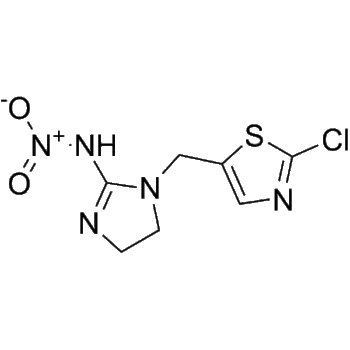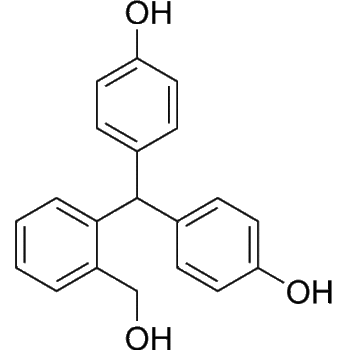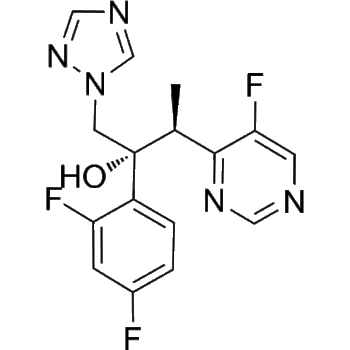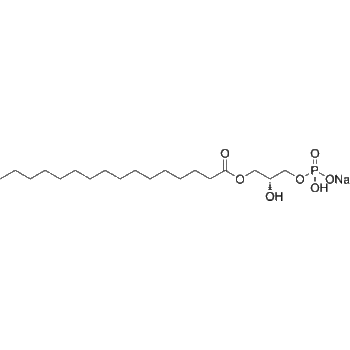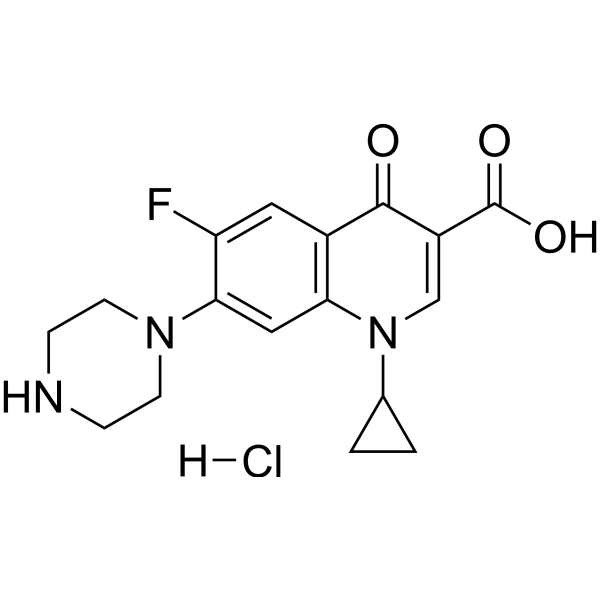
Download Files:
Ciprofloxacin (monohydrochloride)
$30 – $90
Products Details
Product Description
– Ciprofloxacin (Bay-09867) monohydrochloride is a potent, orally active topoisomerase IV inhibitor. Ciprofloxacin monohydrochloride induces mitochondrial DNA and nuclear DNA damage and lead to mitochondrial dysfunction, ROS production. Ciprofloxacin monohydrochloride has anti-proliferative activity and induces apoptosis. Ciprofloxacin monohydrochloride is a fluoroquinolone antibiotic, exhibiting potent antibacterial activity[1][2][3][4].
Web ID
– HY-B0356A
Storage Temperature
– 4°C (Powder, sealed storage, away from moisture and light)
Shipping
– Room Temperature
Applications
– COVID-19-immunoregulation
Molecular Formula
– C17H19ClFN3O3
Citations
– ACS Appl Polym Mater. 2023 Aug 29.|Adv Sci (Weinh). 2020 Jul 21;7(17):2001374.|Anal Chim Acta. 15 June 2022, 340082.|Animal Diseases. 02 November 2021.|Appl Microbiol Biotechnol. 2022 Apr;106(7):2689-2702.|Chemosphere. 2019 Jun;225:378-387. |EBioMedicine. 2022 Apr;78:103943.|Front Microbiol. 2022 Feb 16;12:773664.|Genome Biol. 2023 Apr 30;24(1):98.|Int J Antimicrob Agents. 2018 Aug;52(2):269-271.|iScience. 2023 Oct 5.|J Antimicrob Chemother. 2020 Jul 1;75(7):1850-1858.|Microbiol Spectr. 2022 Apr 25:e0251821.|Microbiol Spectr. 2022 Jan 12;e0099121.|Molecules. 2023 Jun 8, 28(12), 4628.|Patent. US20200101105A1.|Research Square Preprint. 2020 Jun.|Water Res. 2023 May 21, 120110.|Animal Diseases. 02 November 2021.|Nat Commun. 2022 Mar 2;13(1):1116.
References
– [1]Tsai WC, et, al. Ciprofloxacin-mediated cell proliferation inhibition and G2/M cell cycle arrest in rat tendon cells. Arthritis Rheum. 2008 Jun;58(6):1657-63.|[2]Steenbergen J, et, al. In Vitro and In Vivo Activity of Omadacycline against Two Biothreat Pathogens, Bacillus anthracis and Yersinia pestis. Antimicrob Agents Chemother. 2017 Apr 24;61(5):e02434-16.|[3]Hamblin KA, et, al. Inhaled Liposomal Ciprofloxacin Protects against a Lethal Infection in a Murine Model of Pneumonic Plague. Front Microbiol. 2017 Feb 6;8:91.|[4]LeMaire SA, et, al. Effect of Ciprofloxacin on Susceptibility to Aortic Dissection and Rupture in Mice. JAMA Surg. 2018 Sep 1;153(9):e181804.
CAS Number
– 93107-08-5
Molecular Weight
– 367.80
Compound Purity
– 99.79
SMILES
– [H]Cl.O=C(C1=CN(C2CC2)C3=C(C=C(F)C(N4CCNCC4)=C3)C1=O)O
Clinical Information
– Launched
Research Area
– Infection; Cancer
Solubility
– DMSO : 5 mg/mL (ultrasonic)|H2O : 12.5 mg/mL (ultrasonic)
Target
– Antibiotic;Apoptosis;Bacterial;Mitochondrial Metabolism;Reactive Oxygen Species;Topoisomerase
Isoform
– Quinolone
Pathway
– Anti-infection;Apoptosis;Cell Cycle/DNA Damage;Immunology/Inflammation;Metabolic Enzyme/Protease;NF-κB
Product type
– Reference compound
Disclaimer: All products are for Research use only unless clearly stated otherwise on the product datasheet. Datasheets provided on the website are drafts for reference purpose only and you are requested to always refer to the hard copy included in the kit for your experimentation. Agdia Products are available for delivery only in Canada.

